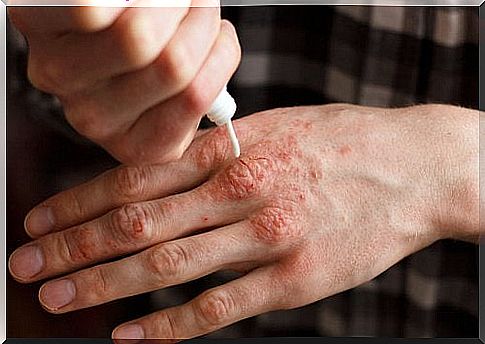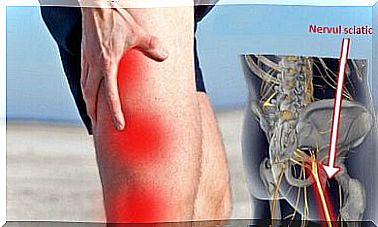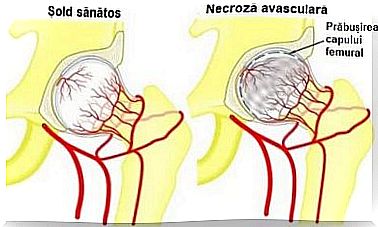The Main Treatments For Psoriasis

The way doctors approach psoriasis varies from patient to patient. Because this disease can take many forms, there are many treatments for psoriasis. Their role is to relieve their symptoms, including:
- inflammation
- Redness
- Wearing
- itch
The main treatments for psoriasis are:
- Topical therapies
- Phototherapy and photochemotherapy
- Oral medications
- Biological therapies
In today’s article we present everything you need to know about these treatments.
Topical therapies
Topical therapies are used to treat most cases of psoriasis. These involve external and localized application of creams and lotions. Basically, the treatment is applied directly to the parts of the skin affected by the rash.
The most useful topical medications for psoriasis are:
- Synthetic vitamin D.
- Classic corticosteroids
- Keratolytics
- Topical retinoids
- Tars
Synthetic vitamin D – calcitriol, calcipotriol or tacalcitol
When it comes to treating psoriasis, the most effective type of synthetic vitamin D is calcipotriol. The clinical response to these pharmaceuticals is slower than that of corticosteroids. However, because they are less aggressive, different synthetic types of vitamin D are useful long-term treatments.
It is recommended to use synthetic vitamin D together with a topical corticosteroid. This combination is more effective than applying a single product.
Although not as aggressive as other treatments, the 3 types of synthetic vitamin D can cause a very visible side effect: irritation in the region affected by the rash. For this reason, we advise you to avoid sun exposure after applying this product.
Classic corticosteroids
The next group of drugs we present removes plaques caused by psoriasis and relieves inflammation. Corticosteroids are applied in very small amounts on delicate regions (face and skin folds).

Initially, the patient should use the most powerful types of corticosteroids, after which he will be able to continue with a less aggressive treatment. Corticosteroids can also be combined with other treatments for psoriasis, such as synthetic vitamin D.
However, you must be very careful when using these drugs, because corticosteroids can cause both local and systemic side effects. Their negative effects include:
- Skin thinning
- Lightening of the skin due to melanin inhibition
- Rosacea dermatitis
- bruising
The systemic effects of corticosteroids are uncommon, but very severe. It is about inhibiting the hypothalamic-pituitary axis and triggering Cushing’s syndrome.
To avoid side effects, do not apply corticosteroids more often twice a day. Also keep in mind that you may experience a recurrence after stopping treatment.
Keratolytics – acetylsalicylic acid (aspirin)
The use of acetylsalicylic acid improves and removes peeling plaques. In addition, this drug stimulates tissue renewal and increases the effectiveness of drugs associated with facilitating its absorption. Thus, acetylsalicylic acid is a wonderful complementary treatment.
Topical retinoids
Topical retinoids are synthetic analogues of vitamin A. Tazarotene is the only topical retinoid useful in treating psoriasis and should be combined with a corticosteroid treatment.
Unfortunately, topical retinoids irritate the skin and should not be applied to the face or folds. In addition, like all other types of vitamin A, they are photosensitive and teratogenic. Therefore, pregnant women should avoid topical retinoids.
Tars
Tars are among the oldest treatments for psoriasis. They are prepared on the basis of charcoal and are applied intermittently on the folds of the skin. Many patients are bothered by the smell of tars and the fact that they lightly stain clothes.
Another disadvantage of tars is that they are photosensitive. This way, you avoid sun exposure after applying this product.
Phototherapy and photochemotherapy, on the list of treatments for psoriasis
These two treatments for psoriasis are used when the patient does not respond to topical therapies. In addition, phototherapy and photochemotherapy are useful when the plaques are very extensive.
- Phototherapy: It is done with UVB rays (the most effective and least aggressive broad-spectrum rays), simultaneously administering tazarotene, synthetic vitamin D or systemic treatments.
- Photochemotherapy: Also called PUVA, it consists of exposure to UVA rays after topical application or administration of an oral dose of psoralens, which have a photosensitizing effect. This variant is recommended for patients for whom UVB rays do not provide satisfactory results. PUVA is more effective and has a longer lasting effect, but has been associated with the development of basal cell carcinoma and melanoma.

Synthetic oral drugs
Systemic treatments for psoriasis are recommended if other therapies do not work. Patients will use:
- immunosuppressive
- retinoids
Immunosuppressants
The most popular immunosuppressant to fight psoriasis is methotrexate, which is especially useful if the patient needs long-term treatment.
The patient’s condition should be closely monitored, as methotrexate may cause severe side effects. Women taking this medicine should also avoid becoming pregnant for 3 months after stopping treatment. Male patients should not try to conceive during this period either.
Another popular immunosuppressant is oral cyclosporine. It is as effective as methotrexate, sometimes providing superior results. But cyclosporine has a nephrotoxic effect and causes high blood pressure. For this reason, patients who use it should be closely monitored.
Immunosuppressants are indicated only as a short-term, intermittent treatment.
Retinoids
Acitretin, a synthetic analogue of vitamin A, is an alternative for patients with pustular psoriasis who have a weakened immune system and cannot use immunosuppressants.
The administration of this drug can be combined with phototherapy or photochemotherapy. Unfortunately, acitretin is less effective than cyclosporine, and its teratogenic effect persists for up to 2 years after stopping treatment.
Biological therapies to treat psoriasis
Biological therapies are recommended only for patients who do not support photochemotherapy and systemic oral treatments. Due to side effects of prescribed medications, the patient’s condition should be closely monitored. The long-term effects of biologic therapies are not yet known.









